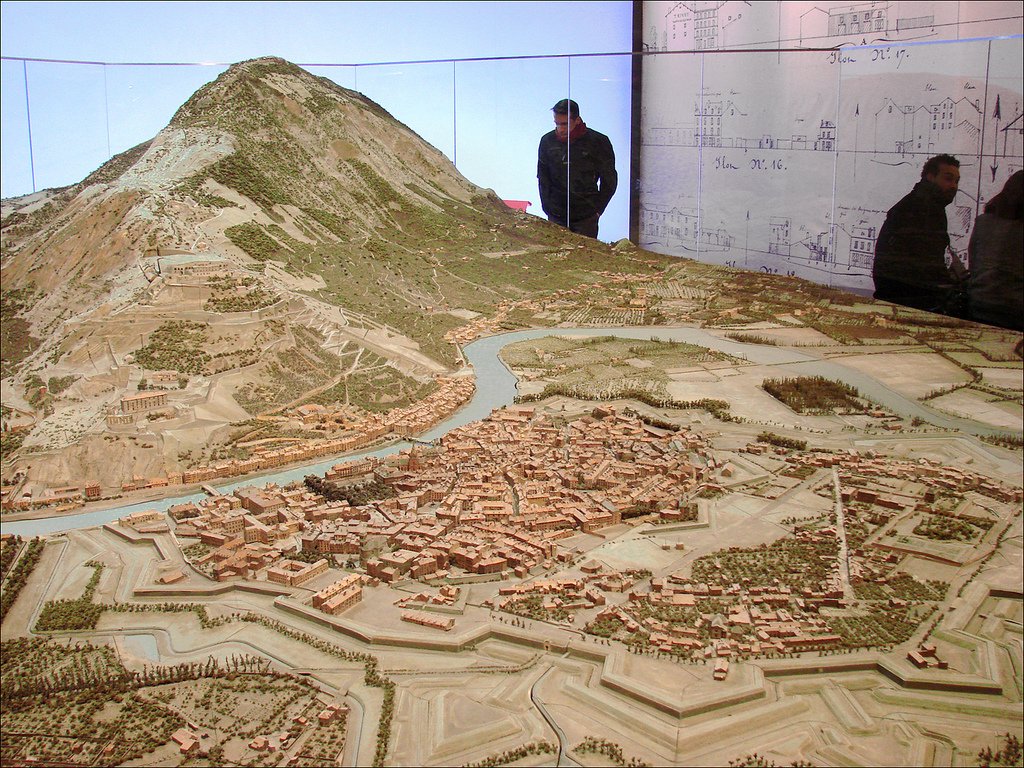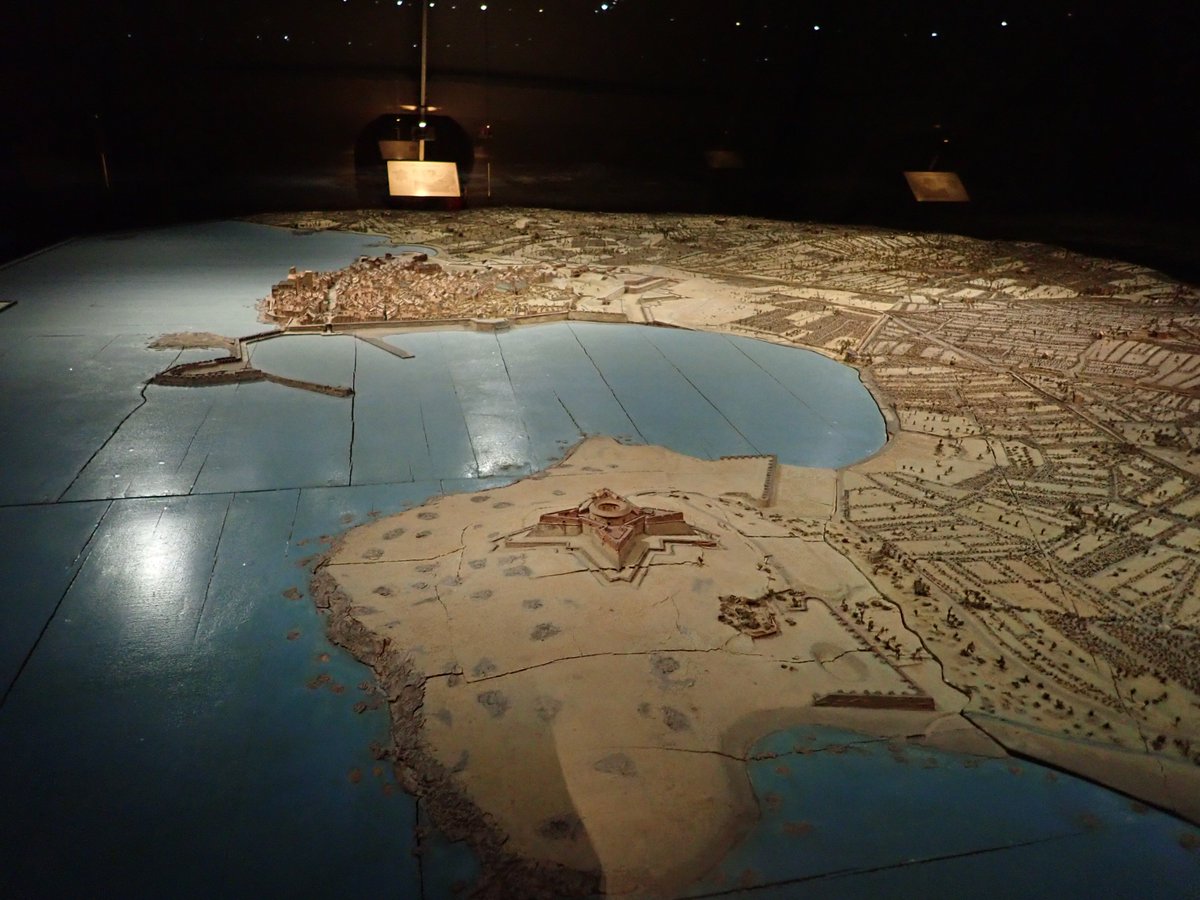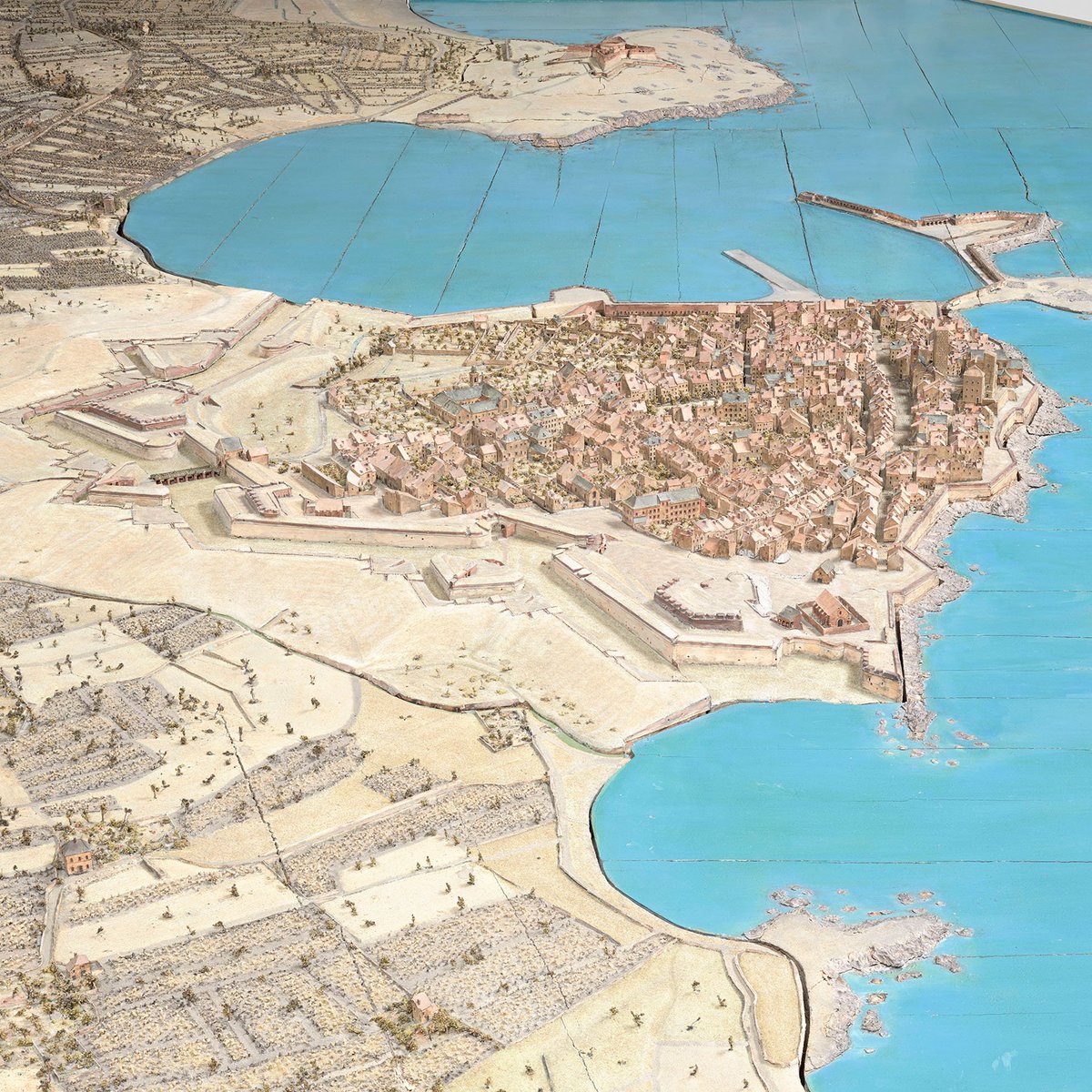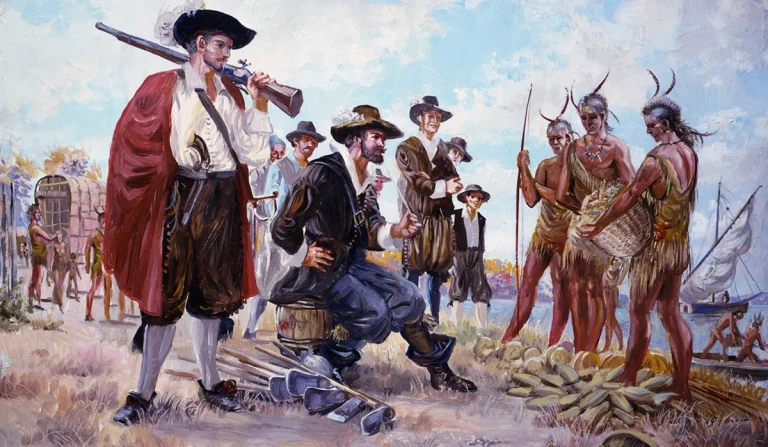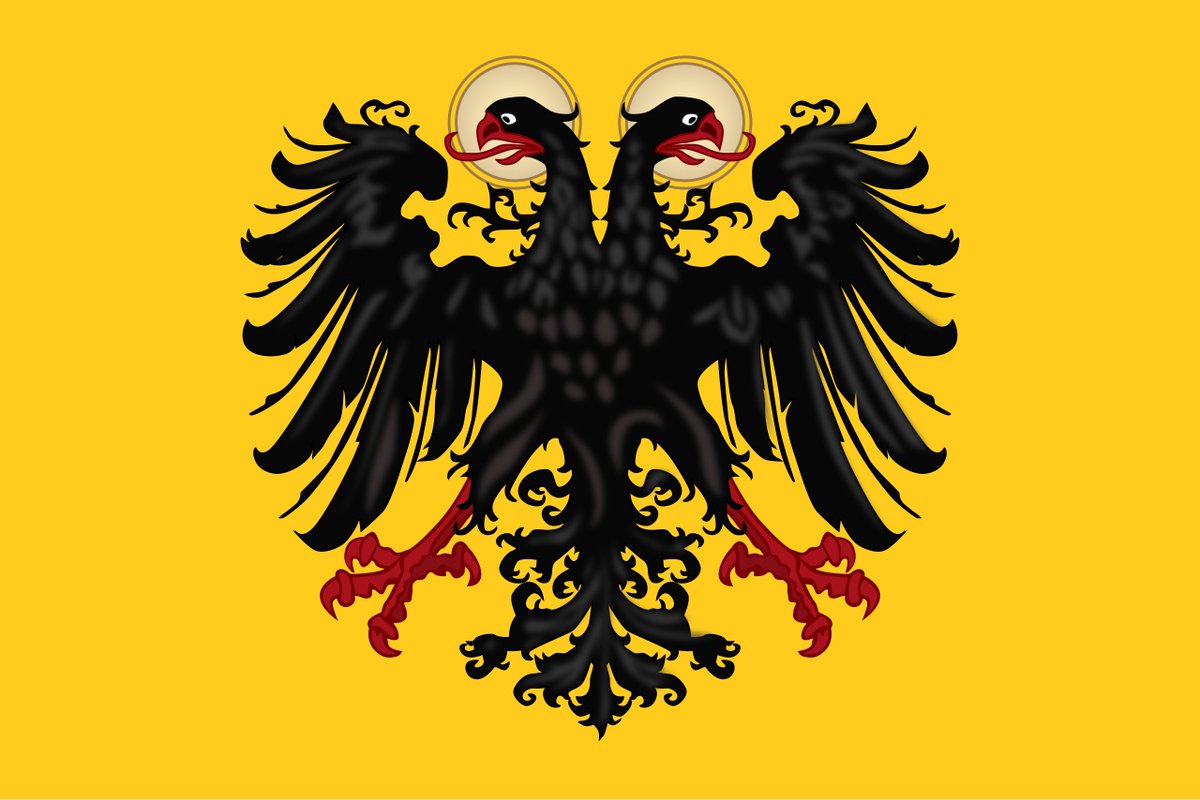Why was the Duchy of Ferrara an important player in the Italian Wars? Largely because of their Duke Alfonso I d'Este, an architect and engineer who used the finest renaissance technology! He turned Ferrara into a formidable fortress and had the best artillery foundry in Italy! 



His love for cannons and artillery is also the reason why on both of his portraits made by Titian he is petting a cannon with one hand. The powerful Ferrarese artillery helped the French at the epic 1512 battle of Ravenna, inflicting great casualties on the Papal-Spanish forces! 



This battle of Ravenna saw an epic two-hour long exchange of cannon fire from both armies, the first time something like this happened in history at such a violent scale! Alfonso d'Este moved his cannons to the left flank and bombarded the Spanish cavalry, killing many. 



This was not the first time Ferrarese artillery was used to such an effective and lethal extent. Three years prior to that in 1509 they destroyed the Venetian fleet at Polesella by placing artillery along the river Po and bombarded Venetian galleys! 
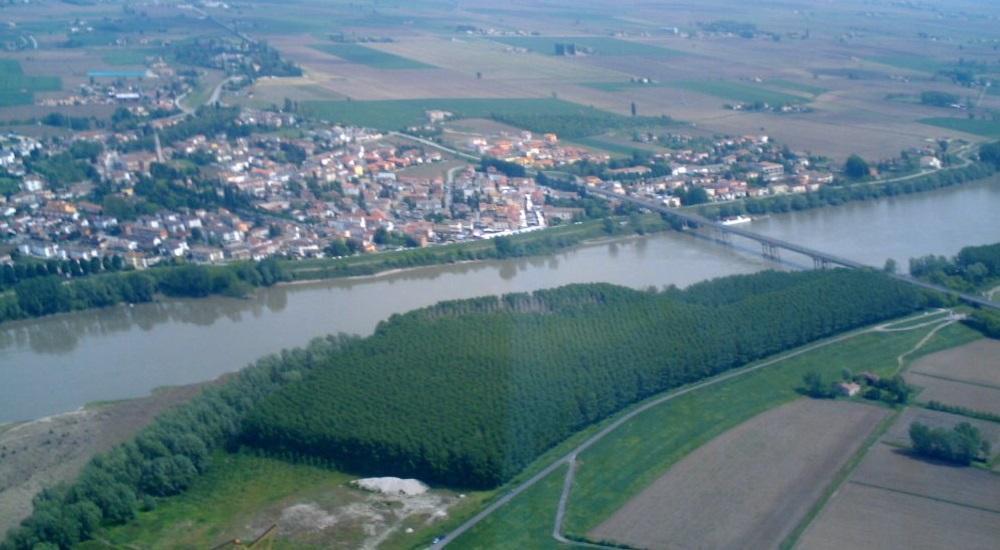
This defeat was a huge blow to Ferrarese rivals Venice as they prided themselves on their naval supremacy, but they were powerless when the mighty Ferrarese artillery smashed their ships to pieces from carefully positioned defensive earthworks constructed along the bank! 

Alfonso d'Este also constructed imposing fortifications defending the city of Ferrara itself. His work was greatly admired by engineers of the time who came to Ferrara to study it. In 1520 the Imperial commander Ferrante Gonzaga called it "the most superb fortress in the world"! 



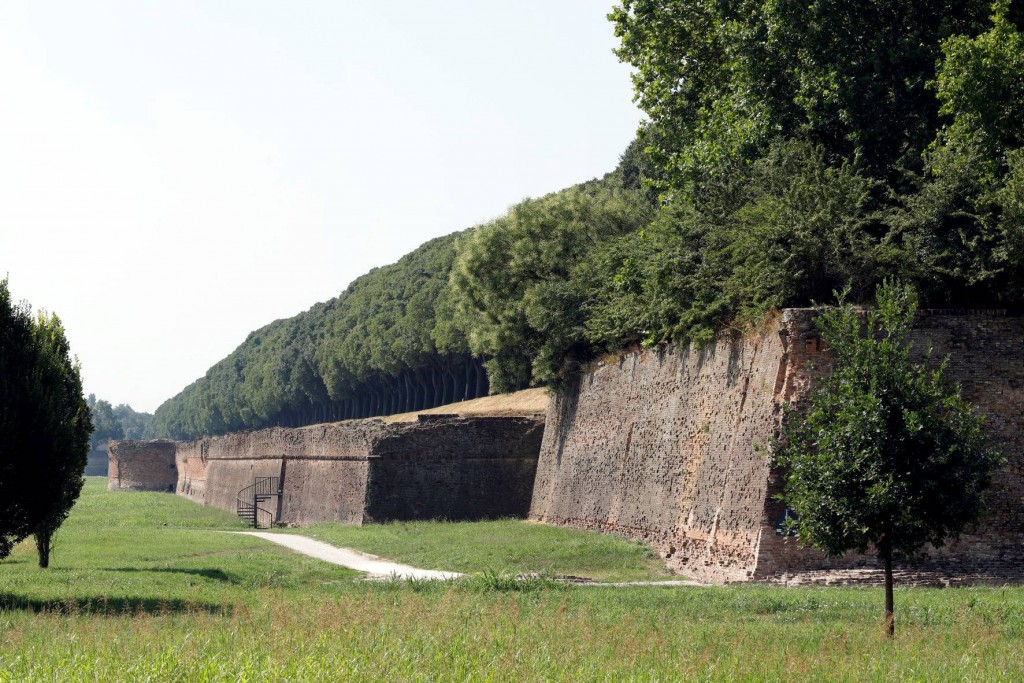
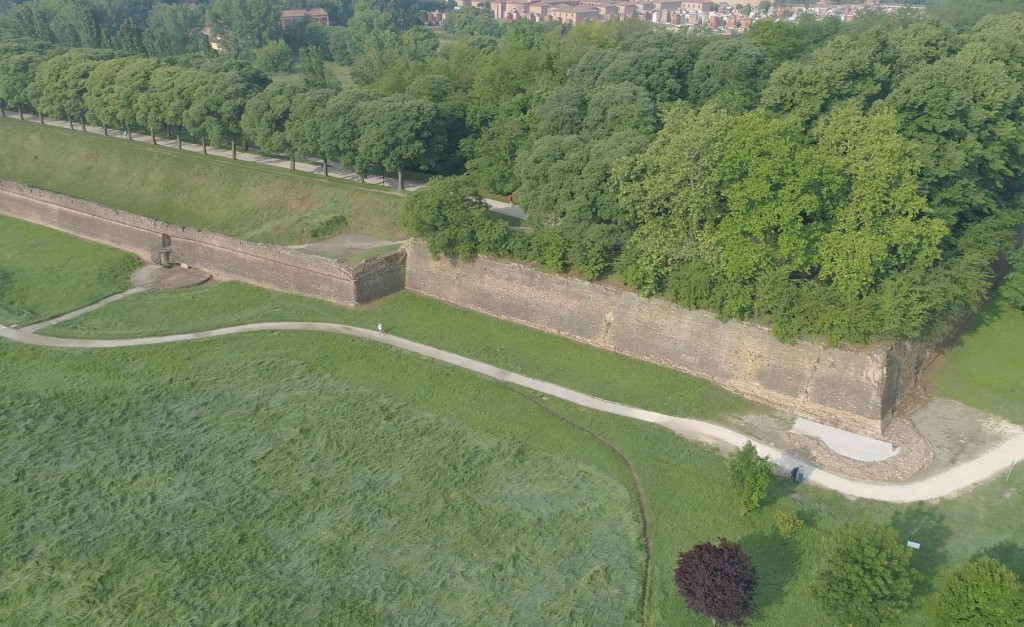
In 1529 even the famous Michelangelo was sent to Ferrara "on the pretext that he should study the method that Duke Alfonso had followed in arming and fortifying the city. For it was known that his Excellency was an expert in these matters and very prudent in everything"! 

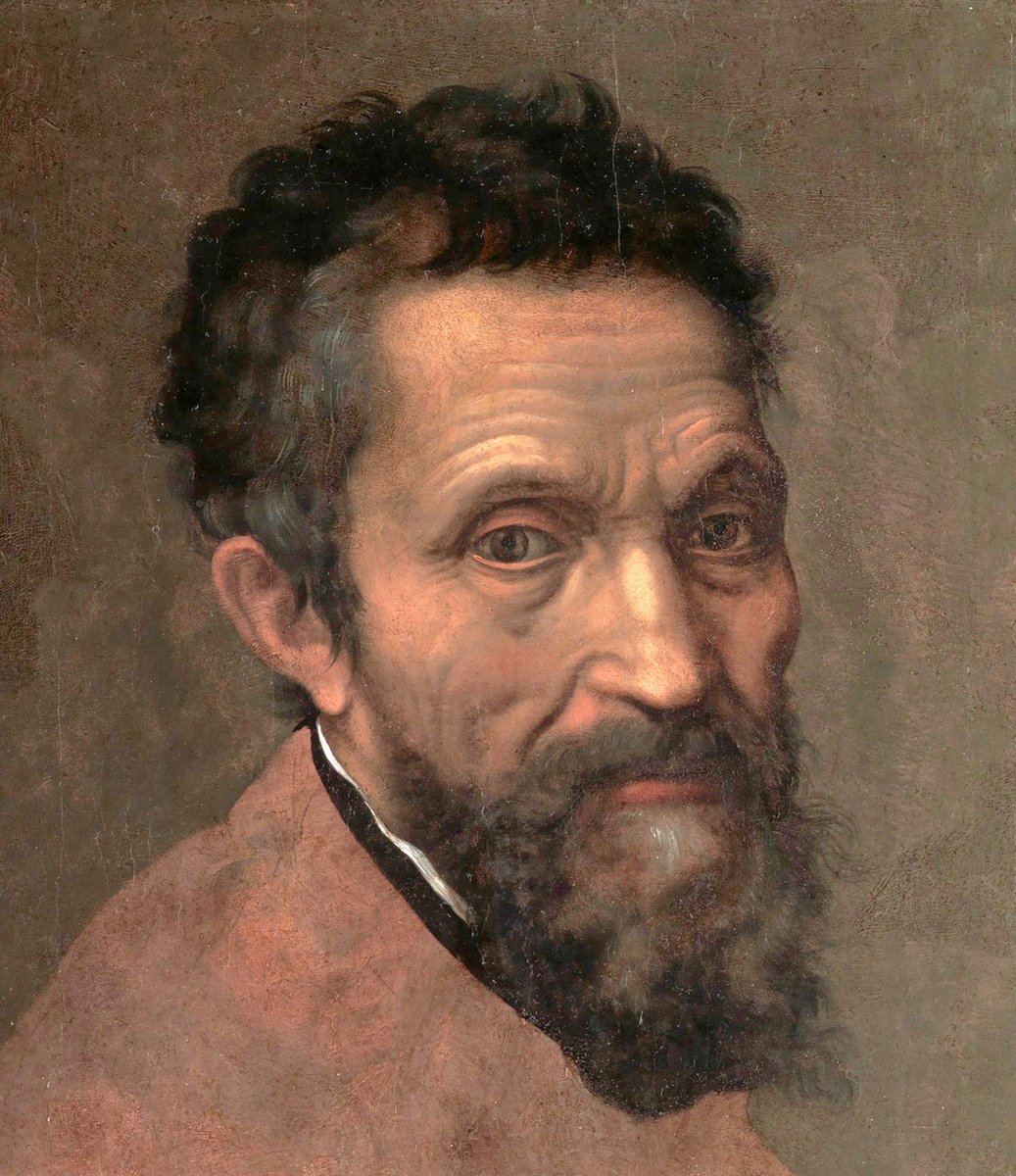
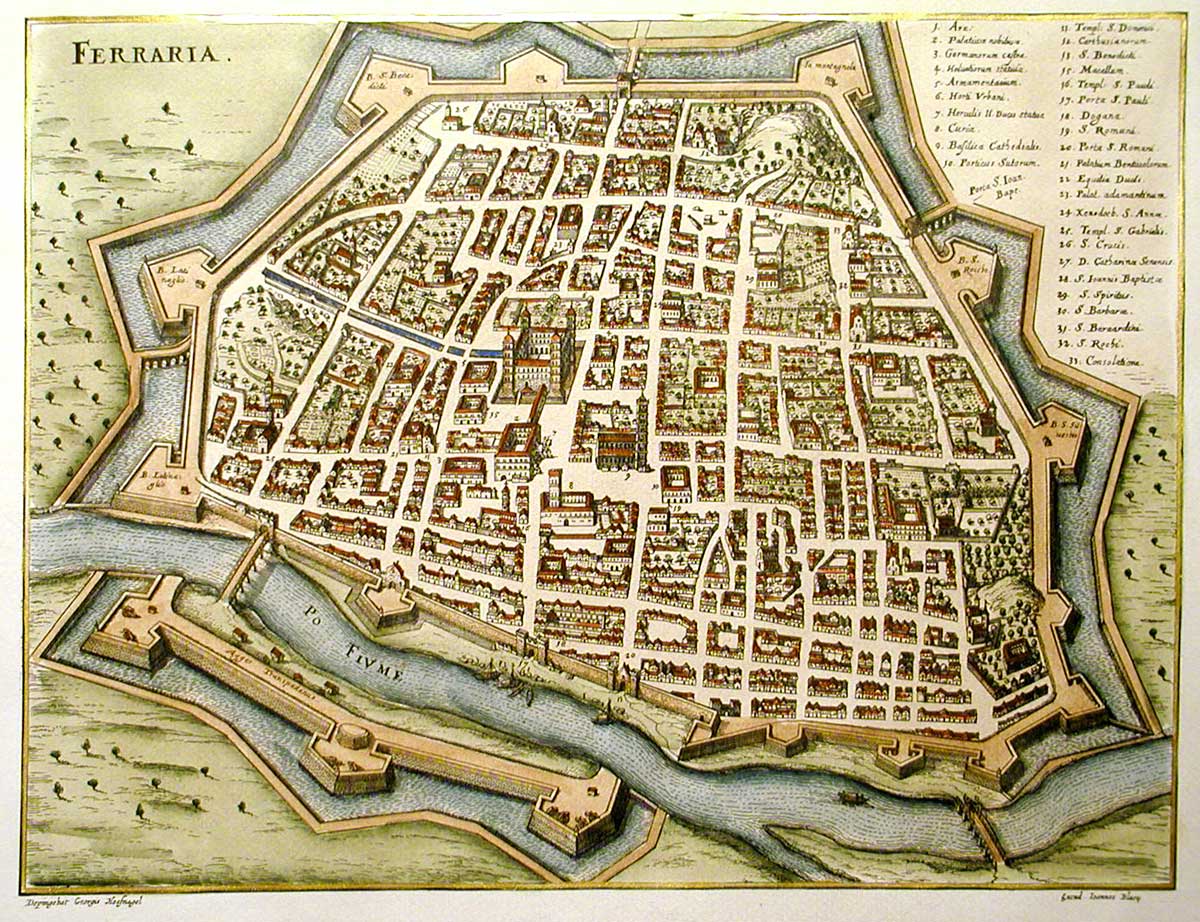
Some of the formidable artillery pieces Ferrara possessed were allegedly designed by the Duke himself who was praised as "an excellent master in that art"! The two most imposing Ferrarese cannons were called "Big Devil" and "Quake", instilling much fear in the enemies of Ferrara! 
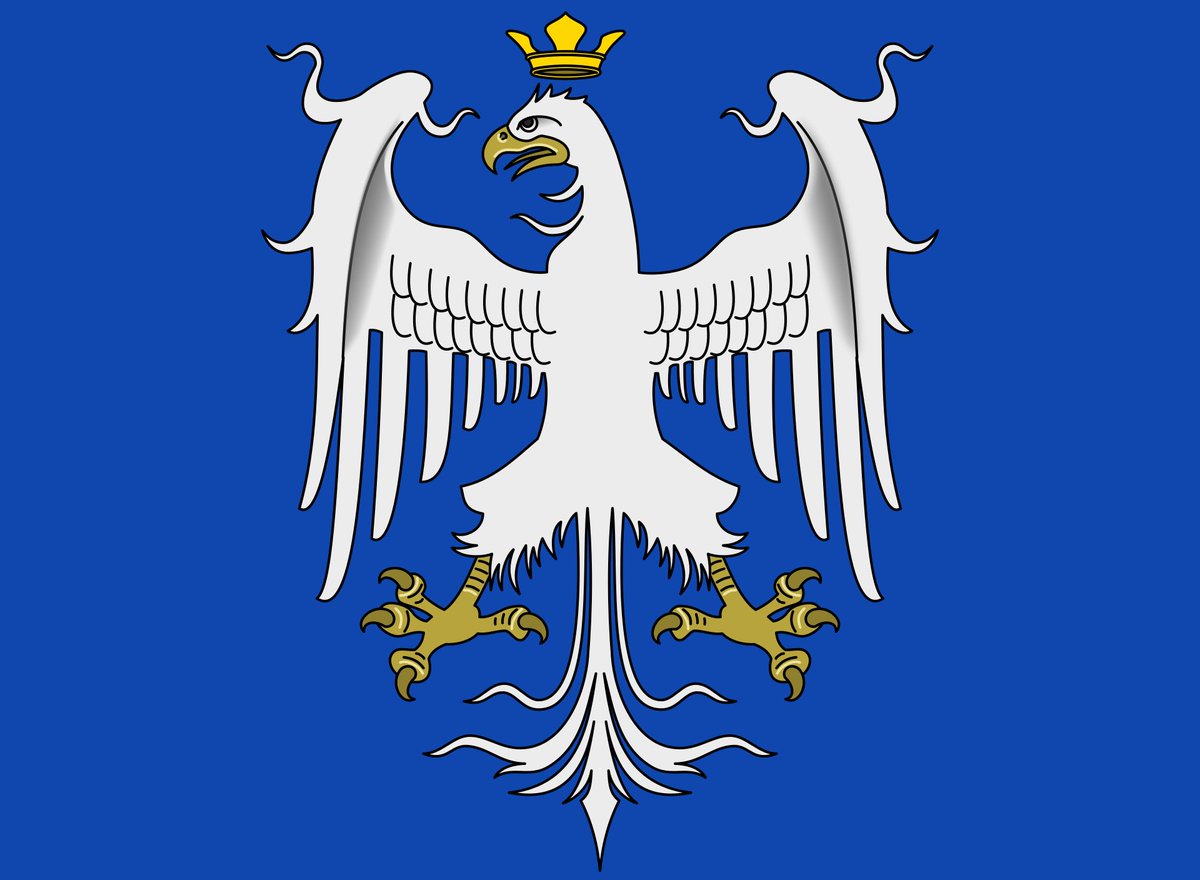
• • •
Missing some Tweet in this thread? You can try to
force a refresh


